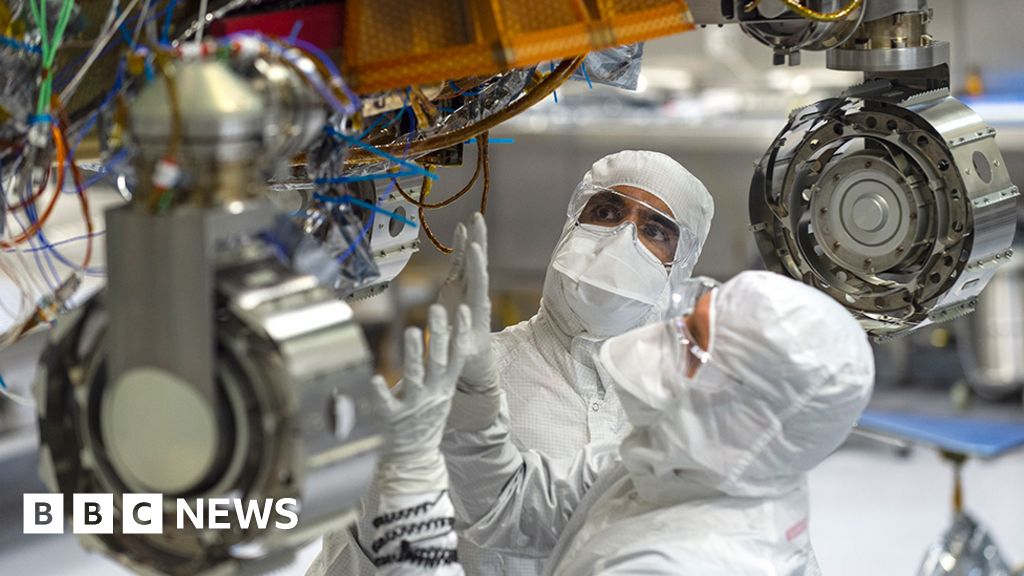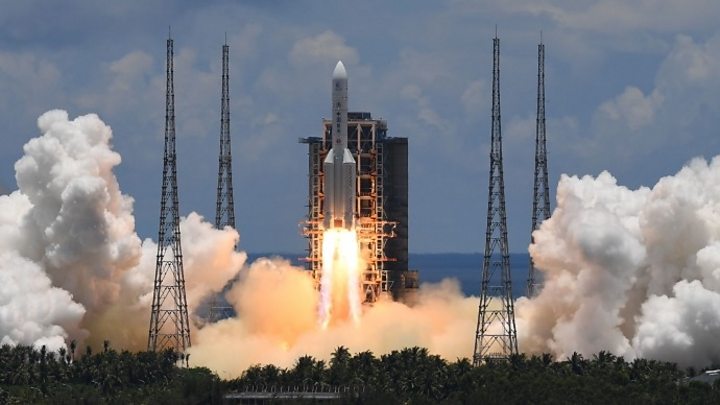crazydevil
New Member
what would be the minimum velocity increment required for a two impulse transfer from earth to mars about the sun??
Are you asking what would be the velocity for a simple earth - Mars journey? Unmanned, with no time pressure. You could do it over years, decades.what would be the minimum velocity increment required for a two impulse transfer from earth to mars about the sun??
yes , im talking about simple earth mars journey with no time pressure based on hoffmans transfer.Neglection the escape velocity of earth, we can assume the unmanned aircraft rotating in earths orbit around the sun.From there , with two velocity increments , it can be transferred to the orbit around mars.If so what would be those velocity increments.(im just doing some theoretical work on the same and would love to have your inputs )Are you asking what would be the velocity for a simple earth - Mars journey? Unmanned, with no time pressure. You could do it over years, decades.
If you didn't have a two firing mission, then lowest energy would be the inter planetary transport network. I think the original NASA proposals had a possible Venus flyby so the direct route may not always be the best one to take.
Don't be lazy, just wiki "hoffman's transfer" and plug in the numbers, the formula is already there.yes , im talking about simple earth mars journey with no time pressure based on hoffmans transfer.Neglection the escape velocity of earth, we can assume the unmanned aircraft rotating in earths orbit around the sun.From there , with two velocity increments , it can be transferred to the orbit around mars.If so what would be those velocity increments.(im just doing some theoretical work on the same and would love to have your inputs )
.Ive been reading a little bit about interplanetary orbital transfers in MIT opencourse materials and juz want wanted to calculate theoretically the velocity increments needed for the transfer.I did some vague calculations and got first velcoity increment from orbit of earth around the sun to elliptcal orbit around the sun as 2.9km/s and then to an orbit of mars around the sun as 2.6km/sec(talking into consideration only the conservation of energy).But couldnt find any source to verify my answers.Further i want to add practcality into this theoretical speed to arrive at final speed required and would be great if you guyz could help me outHmm is this a home work question? Lack of context and how it structured implies yes.
If you are after the velocity required with instant velocity (ie unrealistic) then it is a simple application of the Hohman (as the new texts call it) orbit formula which is really just the conservation of energy.
Remember your changing orbits around the sun.
It however isn't the ideal equation to calculate interplanetary travel because it doesn't take in effect all of the factors that realistically happen.
Its awesome aint itMars Science Laboratory just landed.
(more or less) live at CNN.com International - Breaking, World, Business, Sports, Entertainment and Video News





